iModeler Review: Zoukei-Mura 1/48 Focke-Wulf Ta-152H-1
Scale Size: 1/48 model
Included: 2 color molded parts, clear and gray
Total Parts: 135 parts
Produced: by: Zoukei-Mura, Inc.
Five years ago, Zoukei-Mura released their 1/32 Focke-Wulf Ta-152H-1. It received some degree of critical acclaim, the majority of which was positive. Any modeler who built it, however, realized it was not perfect. Numerous fit issues due to the over-engineered “anatomy lesson” assembly sequence, soft and sometimes clunky detail, and suboptimal decals were the main issues. Sure, it built into a lovely representation of the iconic high-altitude interceptor, but for a state-of-the-art kit, it was difficult at best.
Two months ago, they released the much-anticipated 1/48 version of the production variant of this fighter. The kit comes in a smallish, top-opening box adorned with art depicting a downed B-24 plummeting to Earth behind a Ta-152. Six individually-bagged sprues molded in gray (one clear), bagged decals, and the instruction manual fill the box. Happily, the silver plastic from the original kit are non-existent here.
Upon examination of the sprues, it's clear that the parts breakdown is highly similar to the original, 1/32 ZM Ta-152H-1. Not exact, mind you-there are a few subtle differences-but, very similar.
One pilot seat, without molded-on harnesses is provided. The 1/32 kit had options for both. This may be an issue for those who would like them molded on, but is essentially a non-issue otherwise. Some PE harness belts will dress it up nicely. Also, the large kit had posable ailerons, flaps, and elevators. Here, in 1/48, the flaps are posable but the rest are molded in place.
The wings have a modular assembly sequence like its big brother, as does the fuselage. The biggest improvement ZM could have made here would've been to mold the fuselage halves as one piece, but they opted not to. Curious….
When I build this kit, I will attempt to avoid the pitfalls associated with the tail plug by cementing the port fuselage and tail halves together, then the starboard ones-then assembling the two complete halves together like a traditional aircraft model. Having struggled with the 1/32 kit in this manner by following the instructions, and assembling the plug separately, I think it will be a better experience without the fit problems. Only time will tell.
The internal fuselage walls are detailed with ribbing, but there are numerous sink marks that will need to be addressed should the ace panels be modeled open. Radio components and oxygen bottles are details that can be seen should the modeler opt to leave the panels open.
The Jumo213E motor is very highly detailed here, including separate ignition harnesses, radiator, and exhaust stacks. The model can be built with the engine posed open or closed. The forward cowling piece, which seemed a bit flattened in the 1/32 kit, seems to have been tweaked. It is clearly rounded slightly where it should be, and gone are the external sink marks that were present five years ago.
The landing gear is very nicely-detailed as well, including delicate hydraulics cables. The attachment method to the wheel wells is a bit complicated, and involves twisting and turning the entire gear leg to seat it properly. Care must be taken here to avoid disaster.
The cockpit is, again, highly detailed. I feel like the instrument bezels are out of scale, but the details here are more refined and less clunky than the 1/32 cockpit. Numerous raised details in the cockpit will respond well to paint and drybrushing. The cockpit sidewalls, however, suffer from a few ejector-pin marks that will require clean-up. The windscreen and canopy is crystal clear. The clear sprue is wrapped in packing foam to prevent shipping damage.
The wings, as mentioned above, are a two-piece modular affair. Careful fitting will be on order here before cementing. The undersides have spar detail in the landing flap area. Again, a few pin marks are noted. Surface detail is restrained, with panel lines and rivets that appear appropriate. It is of note that the wing-root fairings, a fit issue in 1/32, are molded integral to the fuselage. The main wing spar is nicely detailed, as well, and will provide structural integrity.
The decal sheet provides markings for numerous generic aircraft. The decals are in perfect register. The colors seem a bit bright to my eye, but should look fine under some weathering and a dull coat. Decals are provided for the instrument panel and side panel controls-I can't yet comment on how they perform. The instructions are laid out in a CAD-style drawing style. The instructions appear to be clear and straightforward. Color callouts are for Vallejo Model Air and Model Color.
Pros
• Highly detailed.
• Details are more subtly rendered in 1/48, compared to the larger-scale version of this kit.
• Restrained rivet/panel line detail.
• Decals provide wurknummers for numerous aircraft.
• Decals provide individual aircraft assignment numbers in red, yellow, and green.
• Landing flaps can be posed deployed or retracted.
• Gone are the sprues molded in silver plastic.
• Option of open or closed cowling flaps.
• One pilot seat without molded-on seat harness.
• Wing-root fairings, a fit issue in 1/32, are molded integral to the fuselage.
Cons
• Fuselage/empennage plug assembly, troublesome on the 1/32 version, still present.
• Flying surfaces molded in place.
• One pilot seat without molded-on seat harness.
• Ejection-pin marks in some inopportune locations.
• Heavy sprue gates on many delicate parts.
My sincere thanks to iModeler for the review sample.

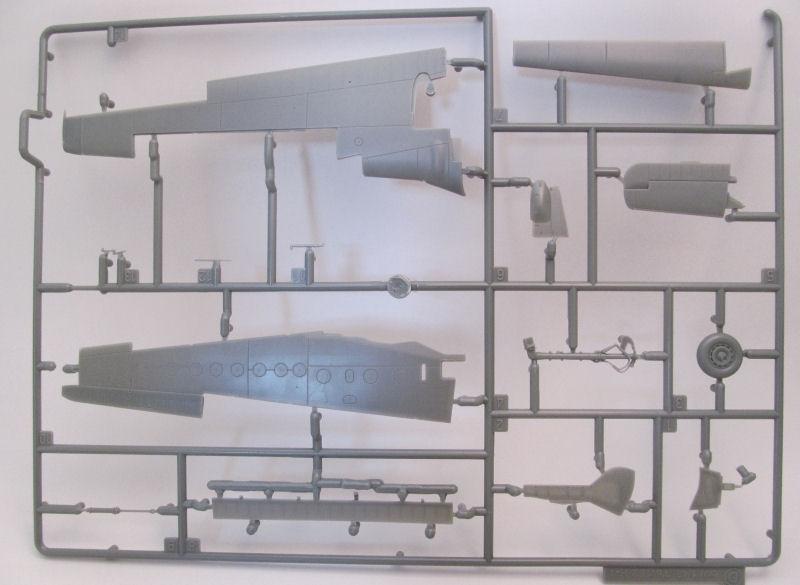
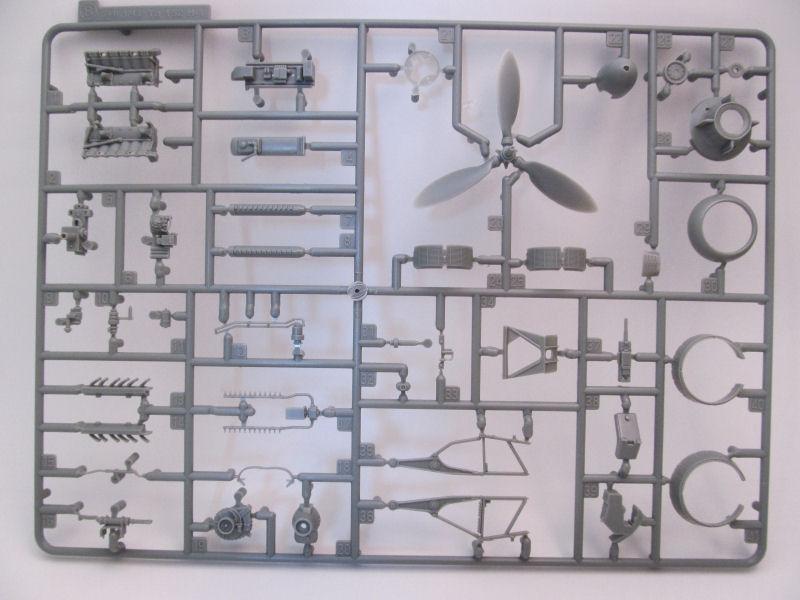

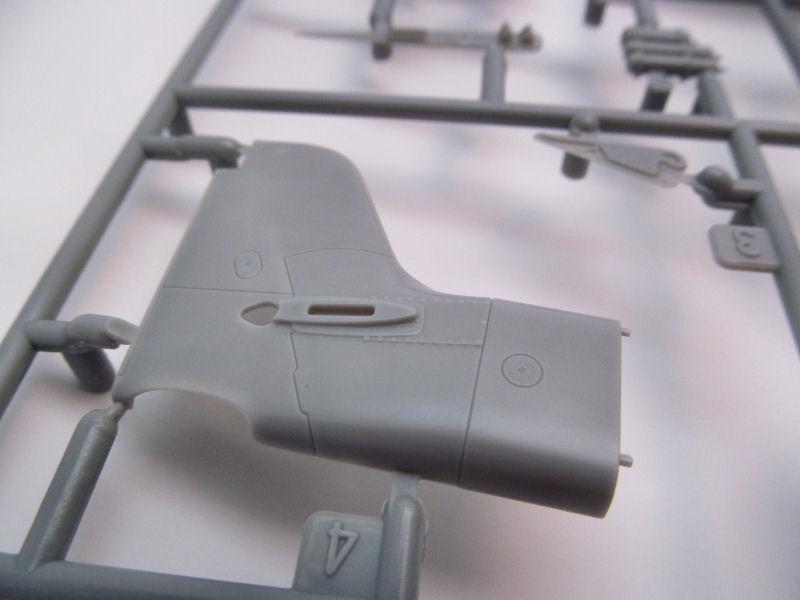
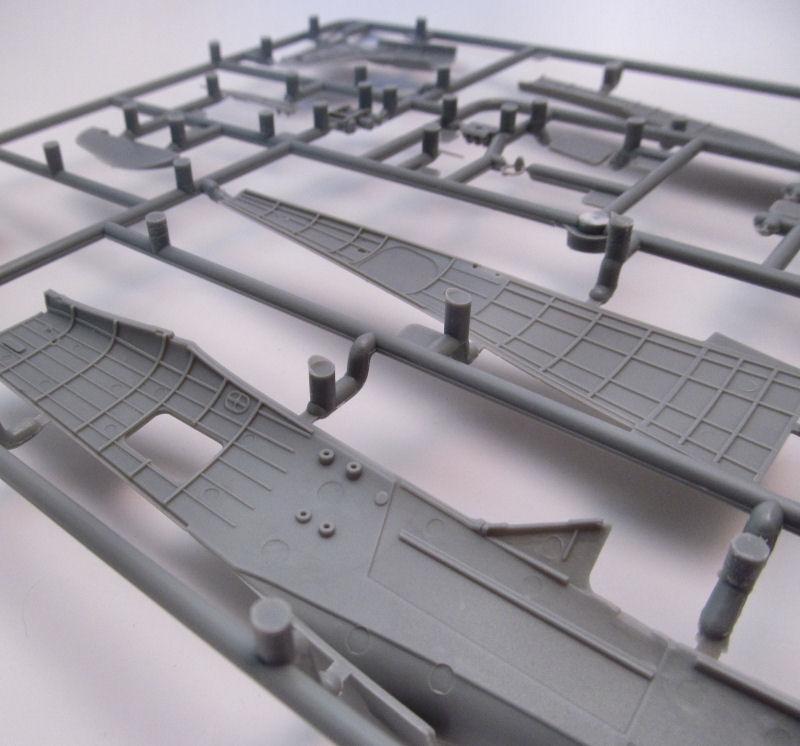
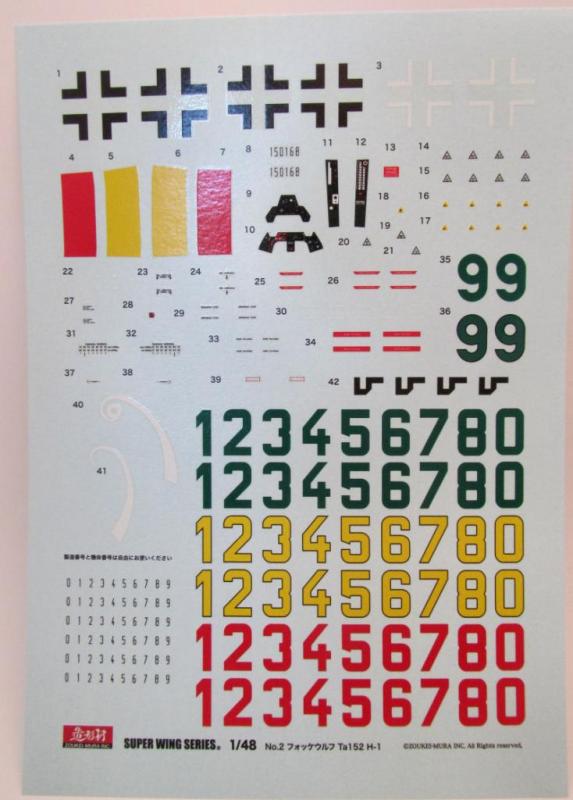
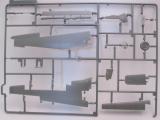


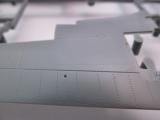
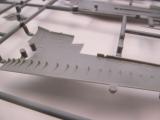
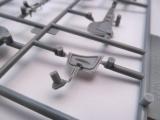
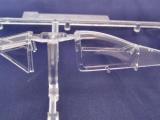
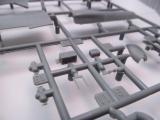
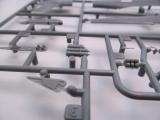
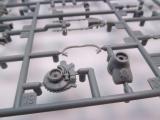
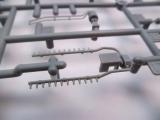
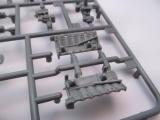
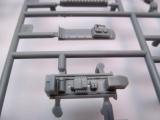
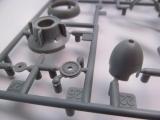
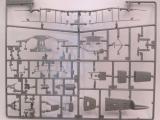
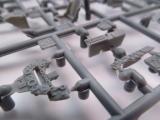
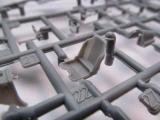
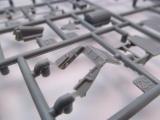

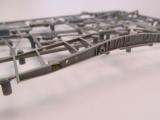
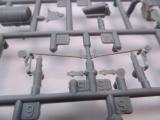

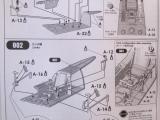
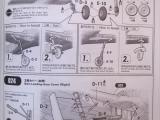

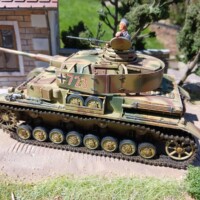

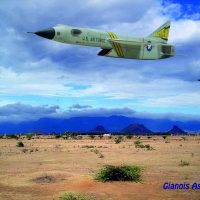
A full and comprehensive review, James - I see the decal sheet requires you assemble your own swastikas (at least they're included). Nice write-up & pics.
I have the kit for review. I farmed it out to another Luftwaffe s****r (there's one born every minute), er, I mean "serious Luftwaffe modeler." I got the 1/32 kit about half assembled and decided i didn't have that much time in my life left for that much aggravatiion, so turned it into a contribution to the landfill here in the City of Lost Angles. The difference between Z-M kits and my idea of what's interesting in a model were confirmed with that PoS Skyraider. Your mileage may vary (Kevin Thompson loved the 1/32 Shinden, but admitted he worked his tushie off to get what he put in the glass case out at Planes of Fame).
Sure beats, ICM, Gavia, Zvezda, MPM & all those other so-called "model airplanes" that are out there. I didn't have a bit of problem(s) with Z-M's Skyraider that weren't of my own doing. Matter of fact, I understand Trumpeter's version is the one with the "issues". Z-M ranks a close second to Tamiya's line of 32nd stuff IMO. But I had to actually PAY for mine, so I wasn't as quick to toss it out (not that I haven't done that in the past). 🙁
Nothing like the truth! I too will pass on this and so far, other 48th ZM kits.
Why soooooo complicated?
Great review with very nice detail pictures, i guess ZM made everything to
distinguish this kit from the Dragon kit. The details in the hatches are nice.
The price of this kit will be way above my budget.But if i get this kit, i will have the motivation to made it !
A couple of points from me.
Having built the ZM 1/32 Shinden I would agree that there's a great deal of detail that may or may not be useful to you as a modeller, depending on your inclinations. Tom's note re the Planes of Fame offering is accurate; I also put in a lot of time to achieve what I'd set out to do.
I was offered the 1/32 TA at a regional show last year as a private sale for £95 (retailed for about £120 I think), but frankly a reasonable quality kit from someone else with a little aftermarket investment would yield the same results at less cost. So, not sure if this applies to the 1/48 kit as well...
There's a Headlines posting of the Shinden on this site, by the way.
Secondly, the decals looked OK on the Shinden but didn't perform well at all, but perhaps these later items will be better. I picked up your note about securing the tail half to the respective fuselage half and then mating the latter as a pair. I would suggest caution here to ensure there's no twist or warping in the section. There's a tendency for four-part assemblies pushed down into a two-step mating sequence that sometimes provide an inline issue, especially with long, narrow profiles.
That said, it looks like an interesting build.
Nice review James.
James...good review. Really like your pros vs. cons bit as a meaningful summary.
Appears ZM has a real opportunity for improvement...to more closely match their kit bits to what most modelers want...one example, 4 pc. fuselages really do complicate the build.
Hi James,
Superb review, the kit seem to be exellent and very completed.
Thank you so much for this interesting post.
Eric
Hi James, thank you for this great review!
A fine and comprehensive review indeed, James. I came away with the impression that this kit is over priced and over engineered, therefore I will be sticking with my DML/Dragon Ta-152.
Many thanks for the review, James. Fun to read and exciting to look at.
Z.-M. seems to be a company just established. Creating Models like these right away (with 15 employees as I'm reading on their website) along with establishing a brand and a sales organisation and and and ... earns some appreciation on my side. If they keep on taking care about planes like Horton, Dornier, short nose Focke Wulf, ... I'm definetly willing to invest some sanding.
Great Review James, nice to see what's inside the box. I'll be passing on this one as I have no interest in the Ta-152. The complexity level would give me pause on any of their other kits, not a big fan of building a highly detailed subassembly that will never see the light of day again when installed. Just to be clear I fully support those that love this kind of kit, they just aren't for me.
Well put Rick.